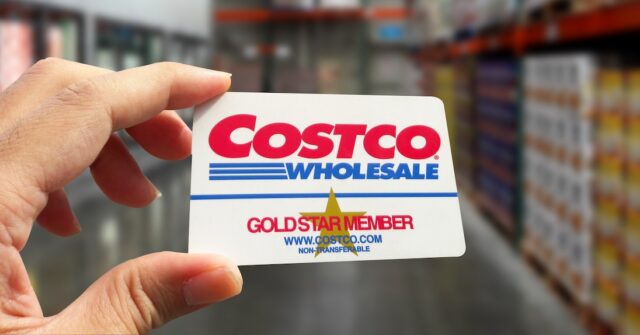May 14, 2025
Billions are lost in translation due to poor localisation

Localisation can drive hundreds of thousands of dollars in revenue for global companies. Yet, most still don’t know how to do it properly.
A new report from Lokalise reveals that 63% of companies say localisation accounts for up to half of their revenue growth. However, 62% admit they’re struggling to get it right. In other words, companies are sitting on a goldmine and failing to mine it.
The survey of 500 senior business leaders across Europe and North America paints a picture of operational chaos. Over 65% of companies admit to major localisation “maturity gaps.” A full 43% still rely on spreadsheets to manage what are now highly complex, high-stakes workflows.
The cost could be millions in lost revenue and eroded customer trust.
Magnus Slind-Näslund, chief technology officer at Lokalise, said: “Our research reveals that having a localisation strategy and the technology to back it up is not a ‘nice to have’, it is a key driver of revenue and customer satisfaction. The financial gains reported by companies which have mature localisation strategies are so significant that they could make or break an organisation when it scales internationally.”
Despite this, the business case is rock solid. Over 70% of companies say localisation is responsible for more than a quarter of their growth, and 11% say it drives over half. The top reason companies invest in localisation is, of course, cash: 55% cite revenue potential, followed closely by regional customer demand (53%) and better CX (52%).
The payoff is tangible
Over half of the respondents say localisation improves customer satisfaction. Nearly half say it boosts accessibility and inclusivity, while 45% say it helps them show up stronger as a global brand.
The behind-the-scenes situation is not all sunshine and rainbows. Teams are drowning in manual processes, collaboration headaches, and outdated tools. Fifty-two percent cite managing external translators as a top challenge. Thirty-nine percent blame slow, manual workflows. A third can’t get teams to work effectively together, and 30% say their tech stack simply isn’t up to the job.
On top of all that, localisation is expensive. More than half of companies spend 11–20 hours each week on various tasks; 15% spend more than 20.
Still, 80% of companies say they plan to adopt a hybrid localisation approach in the next year, mixing AI automation with human oversight to speed things up without losing quality.
Top priorities include cracking cultural nuance (63%), ensuring regulatory compliance (62%), internationalising code (61%), and adapting both online and offline content for local markets (61%).



